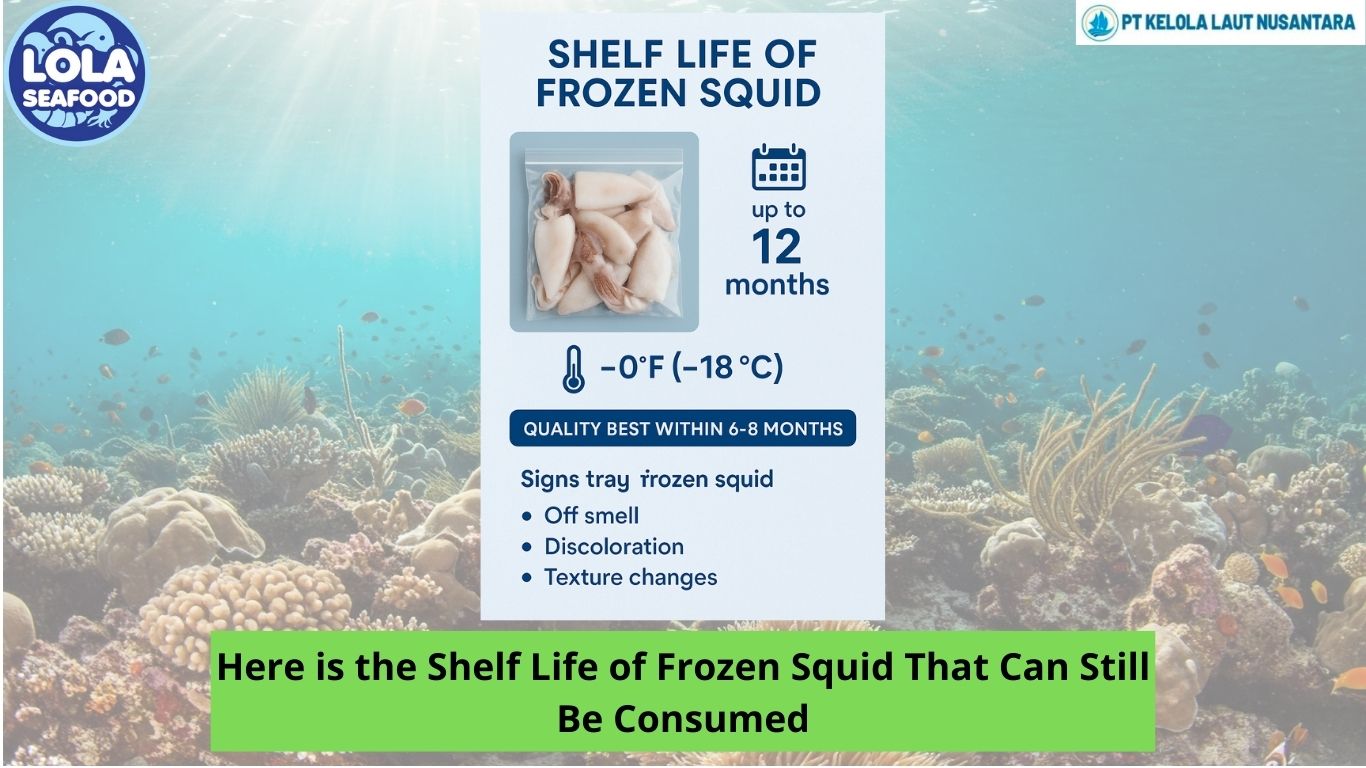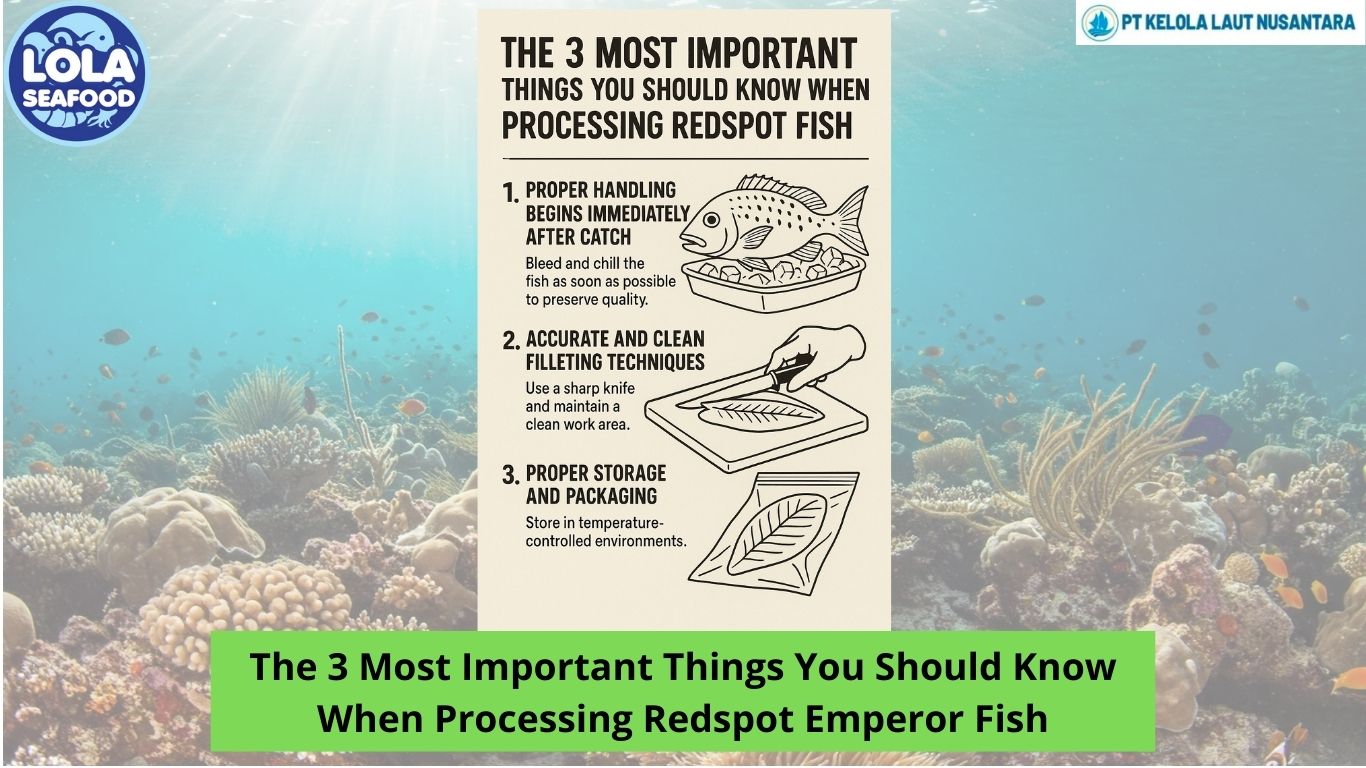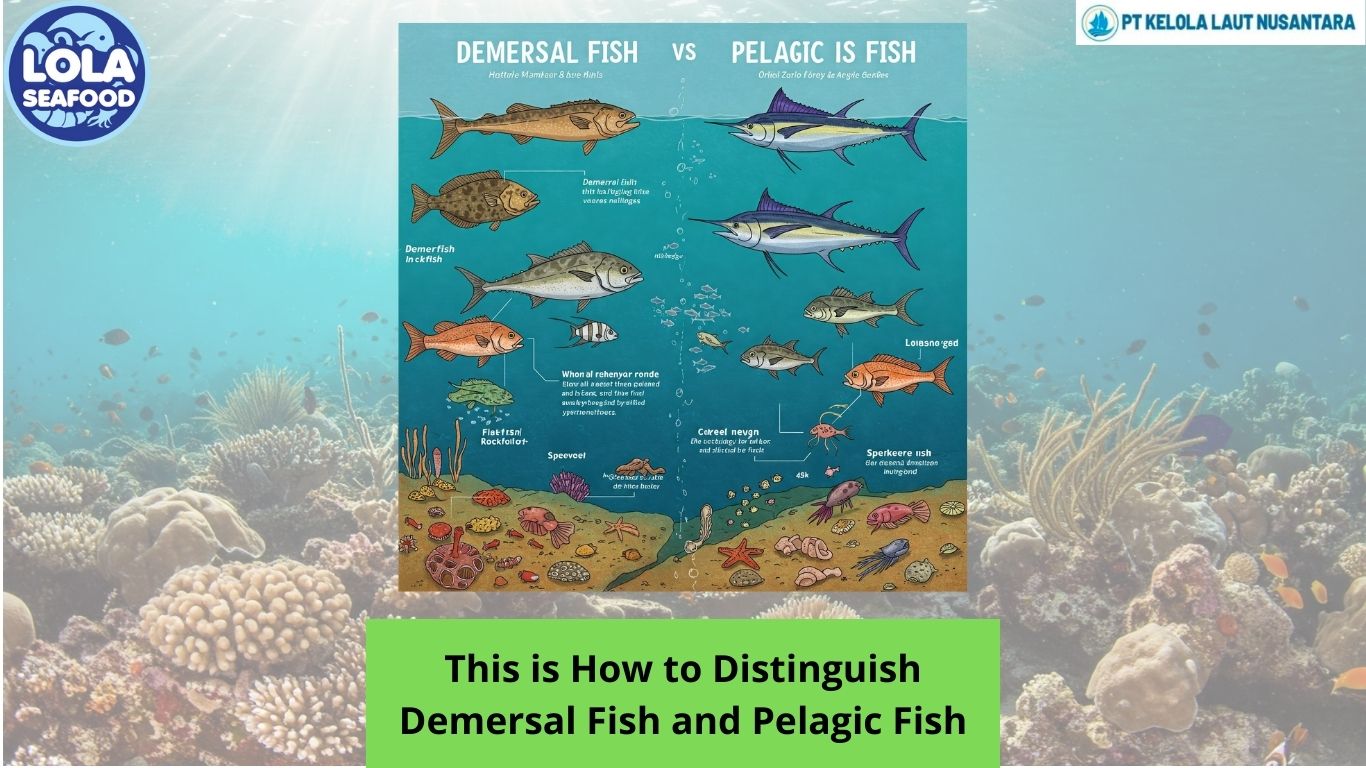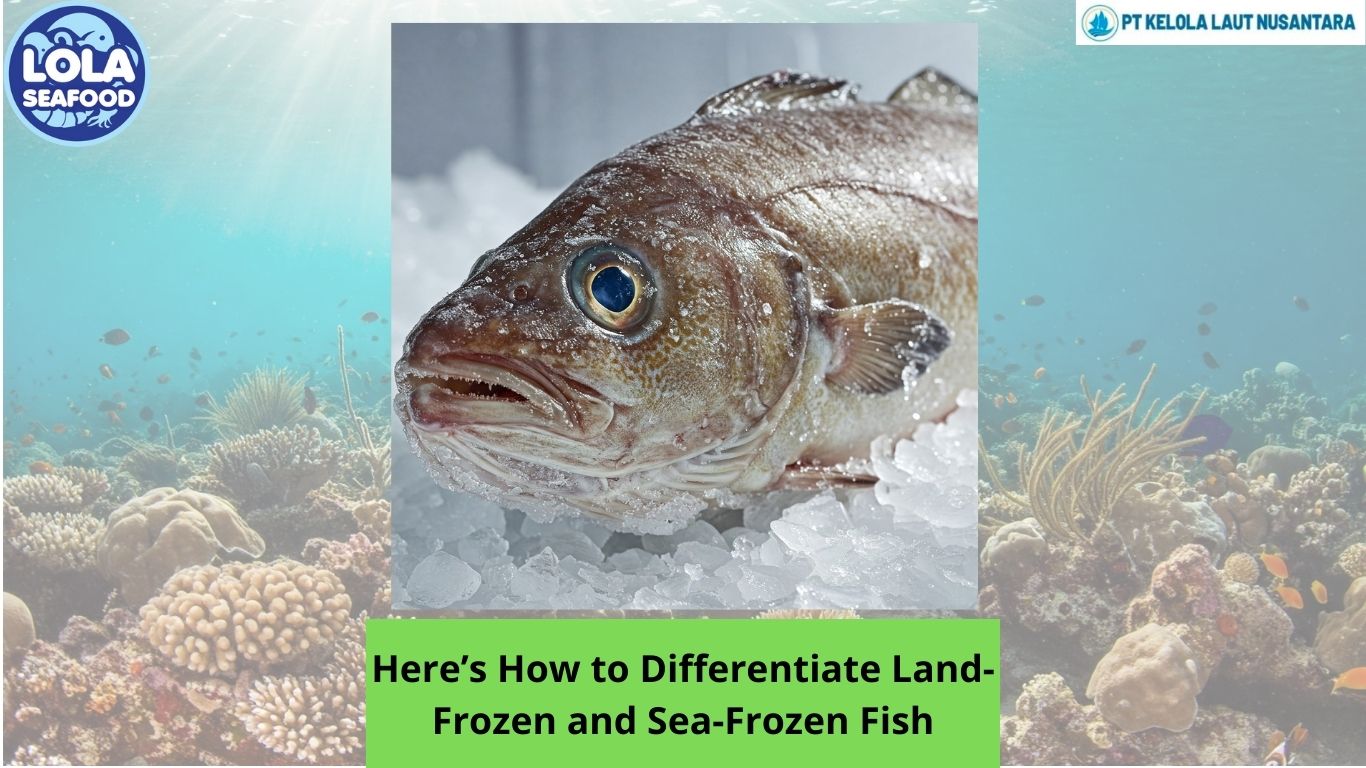Nutritional Profile of Shrimp
By. Najih - 26 Aug 2024.jpg)
Shrimp is a nutritious type of seafood that people can easily incorporate into many different dishes. Shrimp is a good source of vitamins and protein but is also high in cholesterol. As such, it is important for people to eat an appropriate amount as part of a balanced and healthy diet.
Some types of shrimp that fisheries can sustainably manage and harvest under United States regulations include:
- pink shrimp
- white shrimp
- brown shrimp
Here’s a breakdown of the nutritional content of a 3-ounce serving of cooked shrimp
-Calories
One 3-ounce serving of shrimp is equivalent to approximately 84 calories. Shrimp calories are fairly low compared to some other seafood favourites. An equivalent serving of sardines is around 101 calories, while one 100-gram serving of salmon contains around 185 calories.
-Protein
Aside from shrimp calories, a serving of shrimp amounts to a whopping 18 grams of protein, making shrimp an excellent source of this nutrient.
-Fat
Shrimp are low in fat, with less than 1 gram per serving. The fat they do contain is predominantly unsaturated, which is beneficial for heart health.
-Carbohydrates
Shrimp contains a negligible amount of carbohydrates—less than 1 gram in a 3-ounce serving—making it a suitable option for those following low-carb diets.
-Cholesterol
Though shrimp calories are on the low end, shrimp are known to be high in cholesterol, with around 160 mg of the substance in a 3-ounce serving. However, research suggests that this kind of dietary cholesterol has minimal impact on blood cholesterol levels for most people.
-Omega-3 Fatty Acids
Shrimp are a good source of omega-3 fatty acids, particularly EPA (eicosapentaenoic acid) and DHA (docosahexaenoic acid), which are essential for brain health and reducing inflammation in the body.
-Vitamins and Minerals
Shrimp contain various beneficial vitamins and minerals, including vitamin B12, selenium, phosphorus, choline, and copper. These nutrients play crucial roles in metabolism, brain function, immune health, and antioxidant defense, to name just a few.

.jpg)
.jpg)
.jpg)




